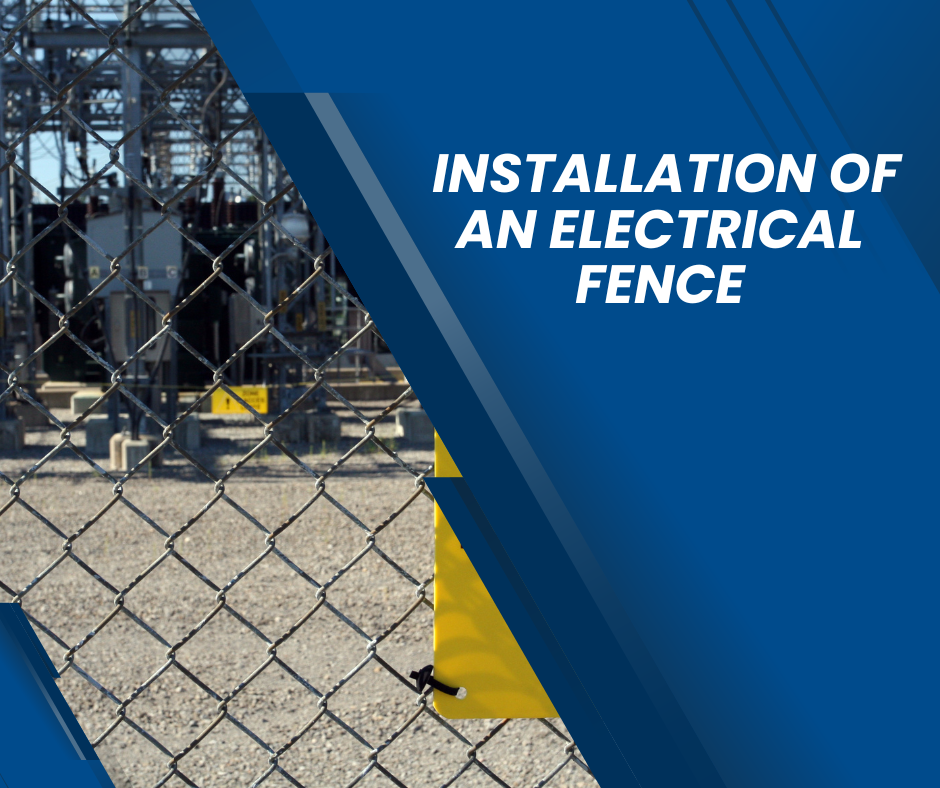Description
The installation of an electrical fence involves several steps to ensure proper functionality and safety. Here’s a detailed description of the process:
- Site Assessment: The first step is to conduct a thorough assessment of the perimeter where the electrical fence will be installed. This includes identifying boundary lines, potential obstacles, and areas where the fence will be most effective.
- Design Planning: Based on the site assessment, a customized design plan is created for the electrical fence system. This plan takes into account factors such as voltage requirements, fence height, number of wires, and placement of energizers and insulators.
- Preparation of Materials: All necessary materials for the electrical fence installation are gathered and prepared. This includes fencing wires, insulators, posts, energizers, grounding rods, and other components.
- Installation of Fence Posts: Fence posts are installed along the perimeter at regular intervals, typically spaced several meters apart. These posts provide support for the fencing wires and are securely anchored into the ground using concrete or specialized ground anchors.
- Mounting of Insulators: Insulators are mounted on the fence posts to prevent electrical current from grounding out and ensure proper insulation. These insulators hold the fencing wires in place and prevent them from coming into contact with the fence posts or other conductive materials.
- Stringing of Fencing Wires: High-tensile fencing wires are then strung between the fence posts according to the design plan. The number of wires and their spacing depend on the desired security level and voltage requirements of the electrical fence system.
- Installation of Energizers and Controllers: Energizers, which are the power sources for the electrical fence, are installed at strategic locations along the perimeter. These energizers generate pulses of electrical current that flow through the fencing wires. Controllers or energizer units are connected to the energizers to monitor and regulate the voltage and pulse settings of the fence.
- Grounding System Installation: A grounding system is installed to safely dissipate excess electrical charge and protect the fence from lightning strikes. This typically involves driving grounding rods into the ground and connecting them to the energizers using copper grounding wires.
- Testing and Calibration: Once the electrical fence system is installed, it undergoes thorough testing and calibration to ensure proper functionality and safety. This includes checking voltage levels, pulse settings, and the integrity of all connections.
- Safety Signage and Compliance: Proper safety signage is installed along the perimeter to warn individuals of the electrified fence. Additionally, the installation is carried out in compliance with local regulations and safety standards to prevent accidents and ensure legal compliance.
- User Training and Handover: Users and property owners are provided with training on how to operate and maintain the electrical fence system safely and effectively. This includes instructions on arming and disarming the fence, troubleshooting common issues, and performing routine maintenance tasks.
Overall, the installation of an electrical fence requires careful planning, precise execution, and adherence to safety protocols to create a reliable and effective perimeter security solution.







Reviews
There are no reviews yet.